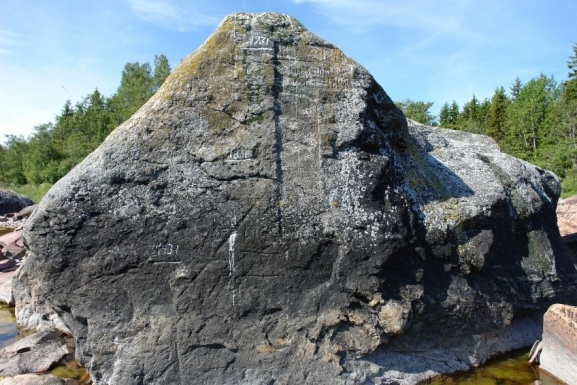 HKU Department of Earth Science
HKU Department of Earth Science
Seminar

Glacial isostatic adjustment in northern Europe - the last 300 years and current challenges
-
Date
March 21,2018
-
Time
3:30PM
-
Venue
JL105
-
Speaker
Dr. Holger Steffen Lantmäteriet, Geodetisk Infrastruktur
Glacial isostatic adjustment (GIA) is the response of the Earth to changing loads on its surface due to build-up and collapse of ice sheets and glaciers. The response includes changes in shape (deformation), gravity potential, stress, and rotation of the Earth. Several glaciations with ice sheets covering large parts of North America, Northern Europe, and Patagonia have affected the Earth. The last glaciation peaked about 22,000 years ago in Fennoscandia. Although the ice vanished about 10,000 years ago, the Earth is still readjusting due to the viscoelastic nature of the mantle, which leads to time-delayed processes. In Fennoscandia, this is visible in the ongoing surface uplift that peaks at about 1 cm/year near the Swedish coast to the Gulf of Bothnia. The GIA process in Fennoscandia is extensively studied and I will introduce the history of research within this field and point to the current challenges in view climate change-induced sea-level rise, improved geodetic measurements and GIA modelling advances.
The picture shows the Celsius Rock in the Bay of Gävle where marks of the sea level at different times have been scratched into the rock. Note the mark from 1731 about 2 m above current sea level.
